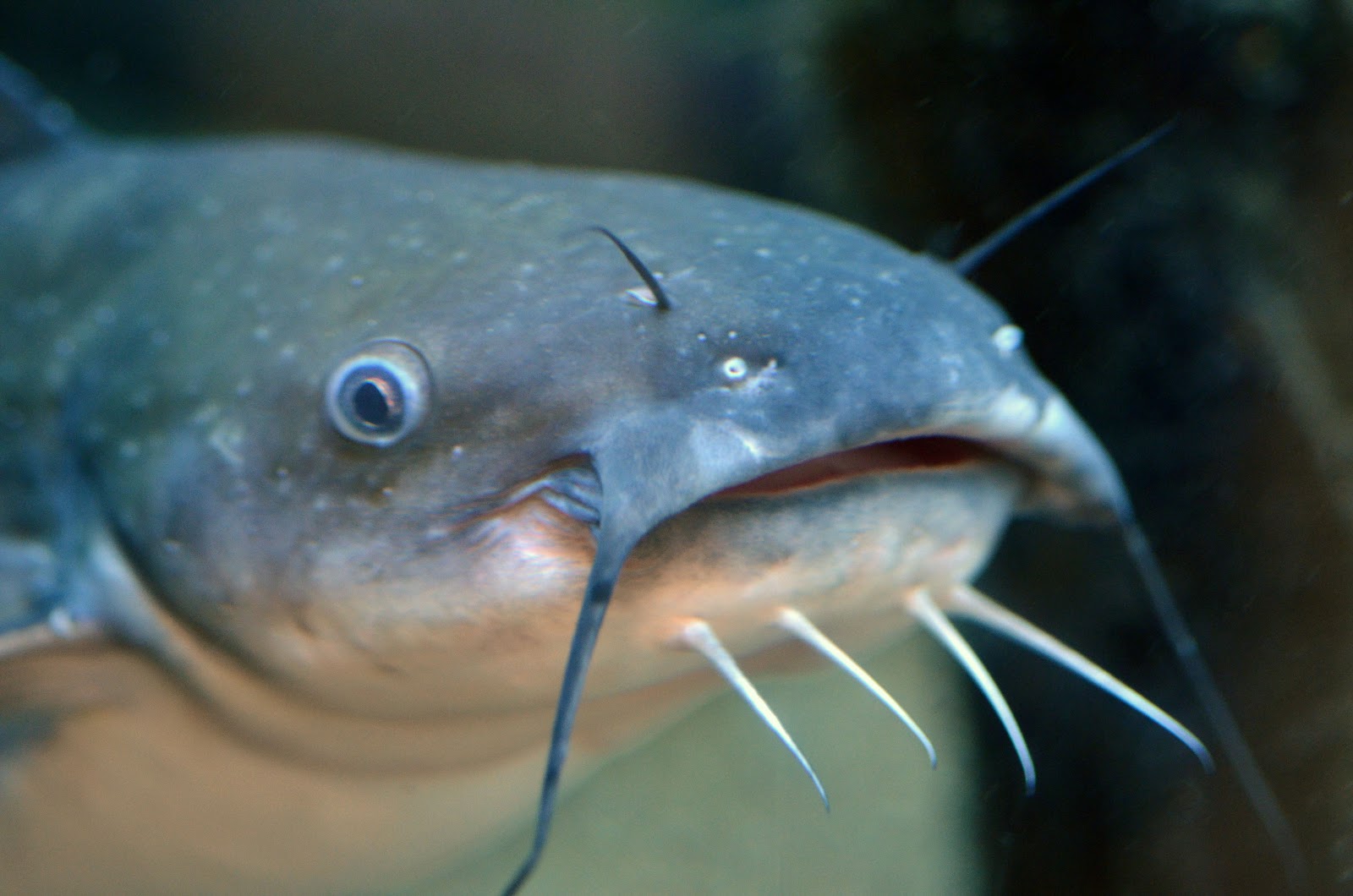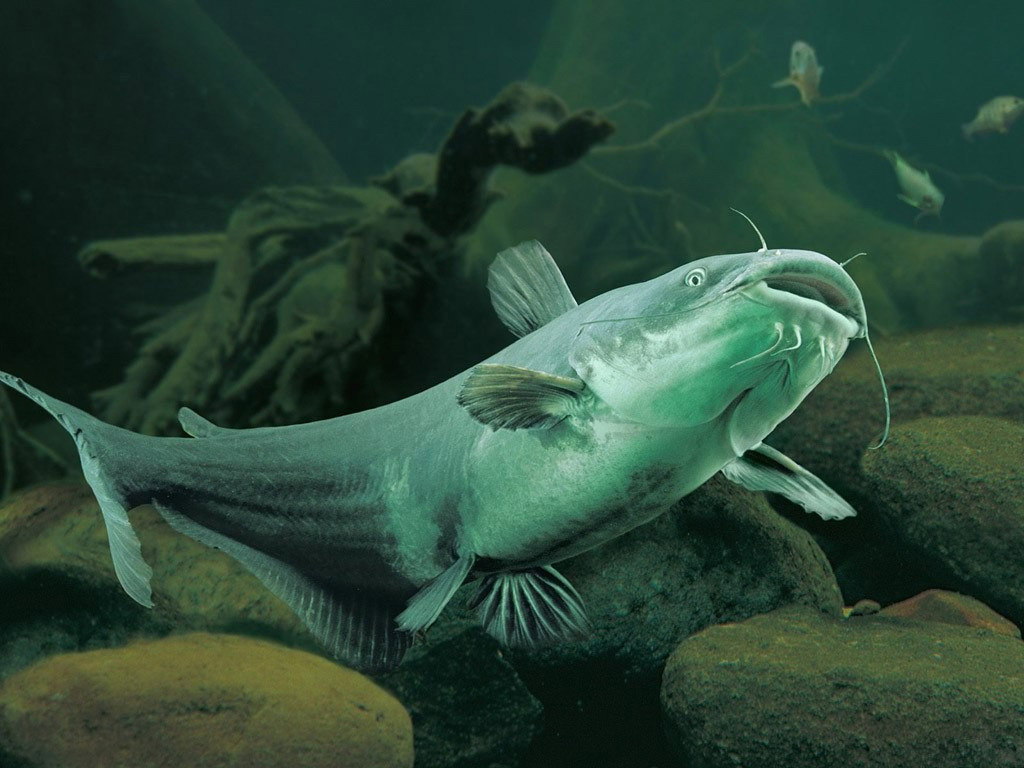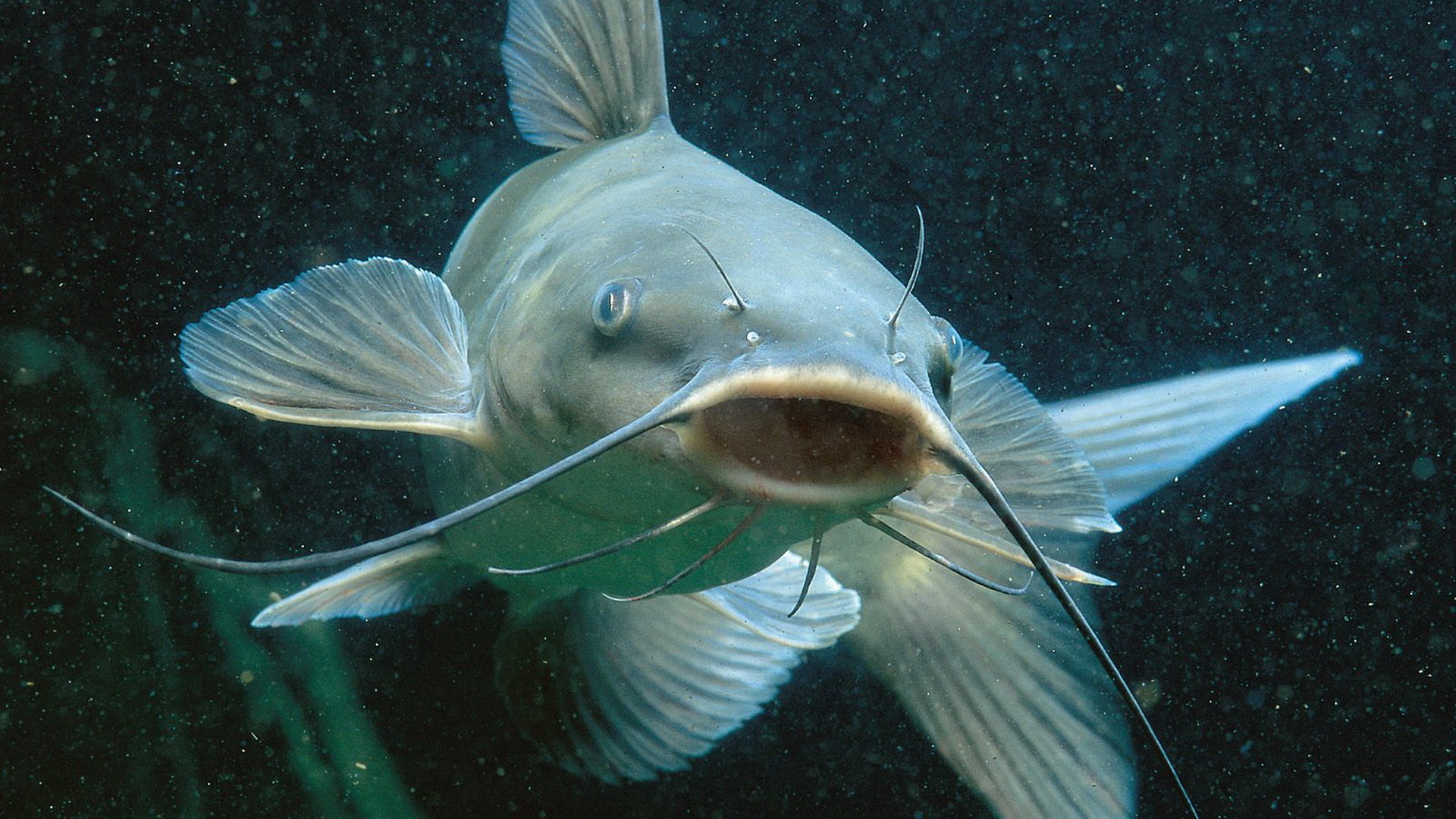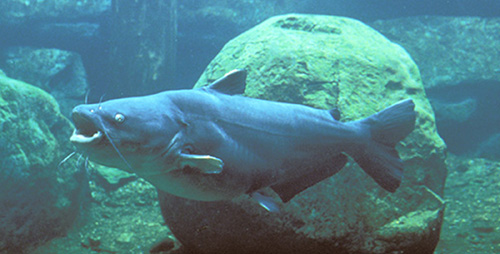Introduction:
The Blue Catfish (Ictalurus furcatus) is a remarkable aquatic species that captures the imagination of anglers and aquaculture enthusiasts alike. With its impressive size, stunning blue coloration, and intriguing behavior, this species has become a subject of fascination and interest. In this article, we dive into the depths of the Blue Catfish's world, exploring its characteristics, habitat, behavior, and its significance in various domains.
A Species of Grandeur:
The Blue Catfish is a species known for its immense size, making it an enticing target for anglers seeking a challenging and rewarding fishing experience. With an average length of 2-4 feet and a weight exceeding 100 pounds, catching a Blue Catfish can be a testament to an angler's skill and perseverance. This species has garnered a reputation for its ability to put up a fierce fight, making it an exhilarating catch for fishing enthusiasts.
Striking Blue Coloration:
One of the most captivating features of the Blue Catfish is its distinct blue coloration, which sets it apart from other catfish species. The vibrant hue, ranging from bluish-gray to deep blue, adds to its allure and visual appeal. While the exact reason for their blue coloration is not yet fully understood, it is believed to be a result of genetics and environmental factors.
Habitat and Behavior:
Blue Catfish are native to the freshwater rivers and reservoirs of North America, primarily found in the Mississippi River basin. They are known to prefer deep, slow-moving waters with abundant cover, such as submerged logs or rock formations. These catfish are highly adaptable and can survive in a variety of habitats, including lakes, ponds, and even brackish waters.
In terms of behavior, Blue Catfish are primarily nocturnal feeders, with their keen sense of smell and taste guiding them to locate prey. They are opportunistic predators, feeding on a wide range of aquatic organisms, including smaller fish, crustaceans, insects, and even carrion. Their bottom-dwelling nature and scavenging habits contribute to their ecological role in maintaining the balance of aquatic ecosystems.
Conservation and Aquaculture:
In recent years, there has been a growing interest in sustainable aquaculture practices, and the Blue Catfish has emerged as a species of significance in this domain. Due to its large size, fast growth rate, and mild-tasting flesh, Blue Catfish has gained popularity as a sustainable seafood option. The controlled farming of Blue Catfish not only provides a valuable food source but also reduces the pressure on wild populations.
Efforts are also underway to conserve and manage wild Blue Catfish populations. Regulations on fishing seasons, size limits, and bag limits aim to maintain healthy population levels and ensure the species' long-term survival.
Conclusion:
The Blue Catfish is a captivating species that intrigues both anglers and aquaculture enthusiasts. Its impressive size, striking blue coloration, and unique habitat and behavior make it a subject worth exploring. Whether it is the thrill of catching a trophy-sized Blue Catfish or the sustainable farming practices surrounding this species, there is no denying its significance in various domains. As we continue to uncover the wonders of the Blue Catfish, let us appreciate and protect this remarkable species for generations to come.






Comments
Post a Comment